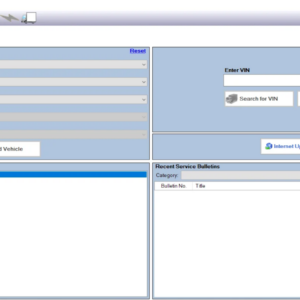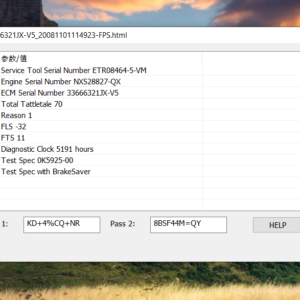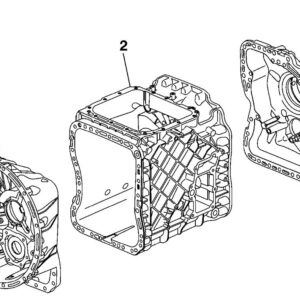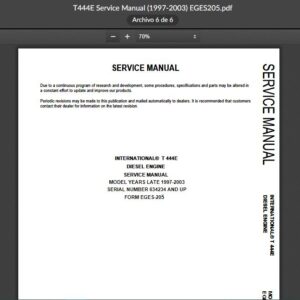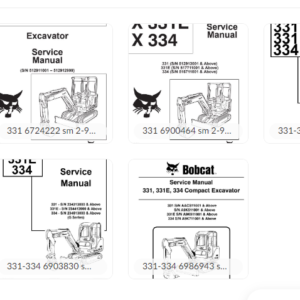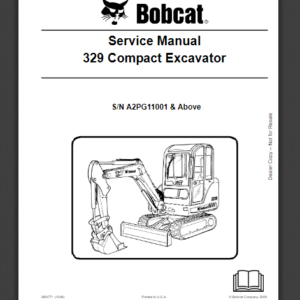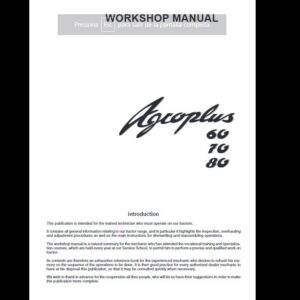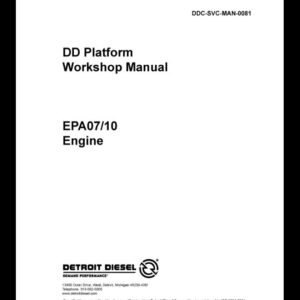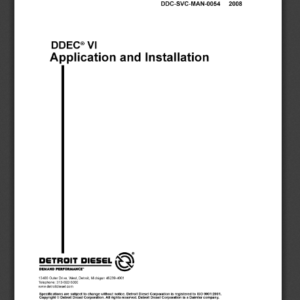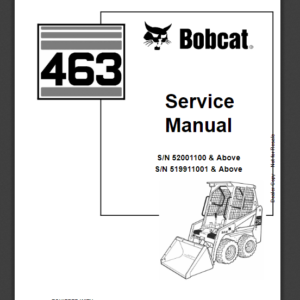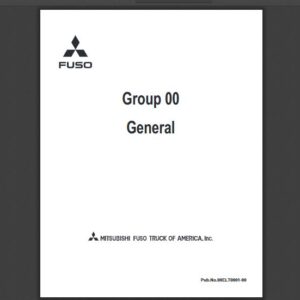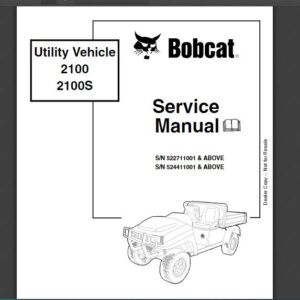Allison 3000 & 4000 Gen 4 Fault Code: P0218 Transmission Fluid Over-Temperature
DIAGNOSTIC RESPONSE:
Use default sump temperature
CIRCUIT DESCRIPTION:
The Transmission Fluid Temperature (TFT) sensor is incorporated into the internal wiring harness and measures the sump temperature. The TFT sensor is a thermistor (thermally sensitive resistor) that changes its resistance value based on the temperature of the transmission fluid. The Transmission Control Module (TCM) supplies a 5V reference voltage signal to a reference resistor inside the TCM that is in series with the TFT sensor. The voltage drop across the TFT sensor is constantly changing as the TFT sensor resistance varies due to the change in transmission fluid. When the transmission is cold the sensor resistance is high and the TCM detects high signal voltage on W154. As the transmission fluid temperature warms, the resistance of the TFT sensor decreases and the signal voltage on W154 also decreases. The TCM uses this voltage on W154 to calculate transmission fluid temperature and optimize shift quality.
CONDITIONS FOR RUNNING THE DTC:
1. After TCM initializes normally and engine speed is above 200 rpm for more than 5 seconds, this DTC test will run at 0.25 second intervals.
2. If engine runtime is less than 10 minutes, then engine coolant temperature must be above 20°C (68°F) for more than 20 seconds.
3. Transmission fluid temperature is less than 150°C (302°F).
4. This test will not run in current ignition cycle with active DTCs P0218, P0712 or P0713.
CONDITIONS FOR SETTING THE DTC:
1. TFT sensor signal for fluid temperature higher than 121°C (250°F) for more than 15 minutes.
2. TFT Sensor signal for fluid temperature higher than 128°C (262°F) value for more than 60 seconds.
3. TFT sensor signal for fluid temperature higher than 132°C (270°F) for more than 3 seconds.
ACTION TAKEN WHEN THE DTC SETS:
When DTC P0218 is active, the following conditions occur:
1. The TCM does not illuminate the CHECK TRANS light.
2. DTC is stored in TCM history.
3. The TCM freezes shift adapts (DNA).
4. TCM defaults to hot mode shift schedule. The hot mode shift schedule limits transmission to no higher than fourth range and TCC (lookup) is inhibited to increase engine speed and improve cooler flow. In addition, if the transmission is above 4th range when an over-temperature occurs, the preselect shift schedule is used for all downshifts until 4th is reach.
CONDITIONS FOR CLEARING THE DTC/CHECK TRANS LIGHT:
Use the diagnostic tool to clear the DTC from the TCM history. The TCM automatically clears the DTC from the TCM history if the vehicle completes 40 warm-up cycles within the DTC recurring.
The DTC goes inactive and the TCM cancels the DTC active actions when the TFT sensor signals that the fluid temperature is below 121°C (250°F) for 10 seconds or more.
DIAGNOSTIC AIDS:
NOTE: DTC may occur in vehicles with history of DTC P0712. Follow the diagnostic steps in DTC P0712 before proceeding to the diagnostic steps for this DTC. Repairing the condition that sets DTC P0712 will likely eliminate DTC P0218.
Using the diagnostic tool, monitor the transmission fluid temperature to verify that it rises in cycles and then stabilizes.
Monitor and record snapshot fluid temperature.
Follow transmission overheat troubleshooting in General Troubleshooting Of Performance Complaints for problem: Overheating Indicated by DTCs P0218, P2740 or Fluid Condition, and if equipped with a retarder follow problem Retarder Feels Weak.
TFT sensor resistance is available on the diagnostic tool data monitor grid. Prior to ‘Connect’ for the diagnostic tool, check the ‘Troubleshooting Specific Problem’ box under the “Connection Options” and then check the ‘Sensor, Voltage, Ohms, and Counts Data’ box. Check if TFT sensor resistance is increasing, decreasing, decreasing, or stationary with fluctuations in fluid temperature. Normal circuit operation is indicated if sensor resistance decreases as fluid temperature increases, and sensor resistance increases as fluid temperature decreases.
Review applicable information in Control System and Transmission Specifications to find additional circuit specifications, system and connector diagrams, and troubleshooting tips.
-
Volvo Premium Tech Tool PTT 2.8.130 Diagnostic Software 04.2022 ACPI ( 1 PC )
Trucks software $143.00Rated 0 out of 5
-
Bobcat Service Library [03.2019] Service, Operator, Maintenance, Bulletines, etc full update
Bobcat $110.00Rated 0 out of 5 -
JOHN DEERE SERVICE ADVISOR 5.3.225 DATABASE AG + CF ENGLISH 2023
John Deere $250.00Rated 0 out of 5 -
volvo Devtool Studio V2 / V3 / V4 Developer tool plus 2.6 / 2.7
Trucks software $35.00Rated 0 out of 5 -
download Hitachi Construction Machinery MPDr Ver 3.7.0.0 [10.2020] Diagnostic Software
Hitachi $76.00Rated 0 out of 5
Related products
-
Allison 1000 & 2000 Gen 4 Fault Codes: P0870 Transmission Pressure Switch Solenoid E Circuit
1000 & 2000 Gen 4 $50.00Rated 0 out of 5 -
Allison 1000 & 2000 Gen 4 Fault Codes: U1000 Class 2 Loss of Serial Data Communication
1000 & 2000 Gen 4 $50.00Rated 0 out of 5 -
Allison 1000 & 2000 Gen 4 Fault Codes: P0872 Transmission Pressure Switch Solenoid E Circuit Stuck Closed
1000 & 2000 Gen 4 $50.00Rated 0 out of 5 -
Allison 1000 & 2000 Gen 4 Fault Codes: P0880 TCM Supply Voltage
1000 & 2000 Gen 4 $50.00Rated 0 out of 5 -
Allison 1000 & 2000 Gen 4 Fault Codes: U1096 J1850 (Class 2) IPC Controller State of Health Failure
1000 & 2000 Gen 4 $50.00Rated 0 out of 5 -
Allison 1000 & 2000 Gen 4 Fault Codes: P1892 Throttle Position Sensor Pulse Width Modulation (PWM) Signal High Input
1000 & 2000 Gen 4 $50.00Rated 0 out of 5 -
Allison 1000 & 2000 Gen 4 Fault Codes: P0218 Transmission Fluid Over Temperature Condition
1000 & 2000 Gen 4 $50.00Rated 0 out of 5 -
Allison 1000 & 2000 Gen 4 Fault Codes: P0876 Transmission Reverse Pressure Switch Circuit Stuck Open
1000 & 2000 Gen 4 $50.00Rated 0 out of 5 -
Allison 1000 & 2000 Gen 4 Fault Codes: U0031 J1850 (Class 2) Serial Data Communication Link Low
1000 & 2000 Gen 4 $50.00Rated 0 out of 5 -
Allison 1000 & 2000 Gen 4 Fault Codes: P2773 Torque Control Request Ignored – ECM/TCM
1000 & 2000 Gen 4 $50.00Rated 0 out of 5 -
Allison 1000 & 2000 Gen 4 Fault Codes: P2810 Solenoid G Electrical
1000 & 2000 Gen 4 $50.00Rated 0 out of 5 -
Allison 1000 & 2000 Gen 4 Fault Codes: U2105 CAN Bus ECM Error
1000 & 2000 Gen 4 $50.00Rated 0 out of 5 -
Allison 1000 & 2000 Gen 4 Fault Codes: P0847 Transmission Pressure Switch Solenoid D Circuit Stuck Closed
1000 & 2000 Gen 4 $50.00Rated 0 out of 5 -
Allison 1000 & 2000 Gen 4 Fault Codes: U1016 Class 2 J1850 (Class 2) Powertrain Controller State of Health Failure
1000 & 2000 Gen 4 $50.00Rated 0 out of 5
-
SERVICE MANUAL DETROIT DIESEL DD15 , DD13 Service Workshop Repair Manual
DETROIT $25.00Rated 0 out of 5 -
SERVICE MANUAL DETROIT DIESEL DDEC VI – Application And Installation Manual
DETROIT $20.00Rated 0 out of 5

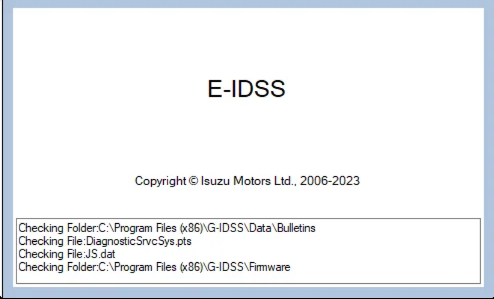

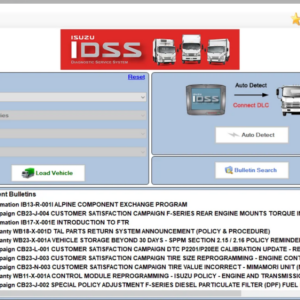
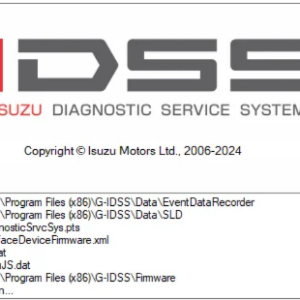
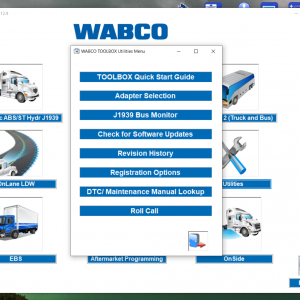
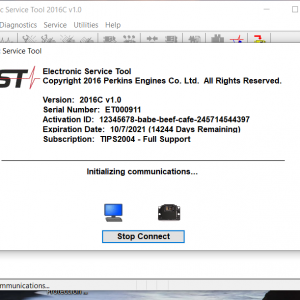
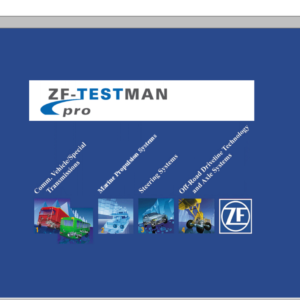
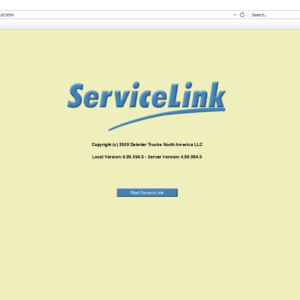
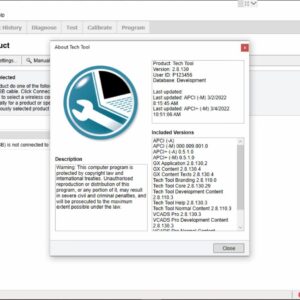
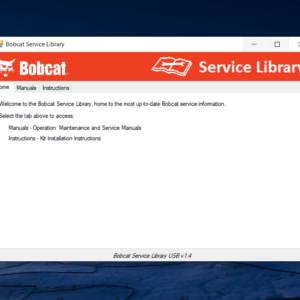
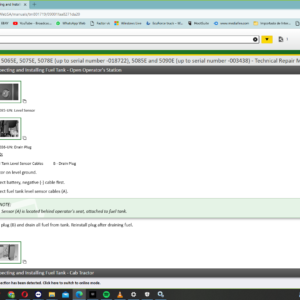
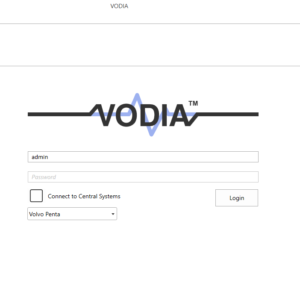

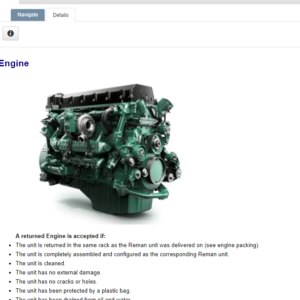
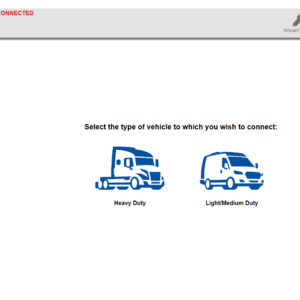
![download Hitachi Construction Machinery MPDr Ver 3.7.0.0 [10.2020] Diagnostic Software](https://www.ecuforcetruck.com/wp-content/uploads/2023/05/MPDR-3.7.00-300x300.png)

